Jean-Baptiste Fastrez
How a young French designer’s radical approach yields soulful results
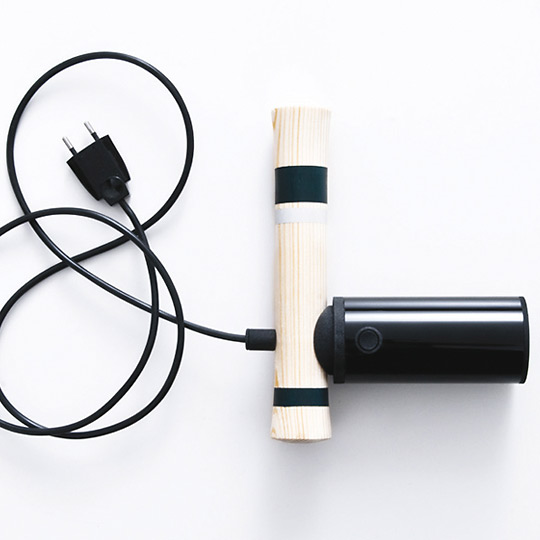
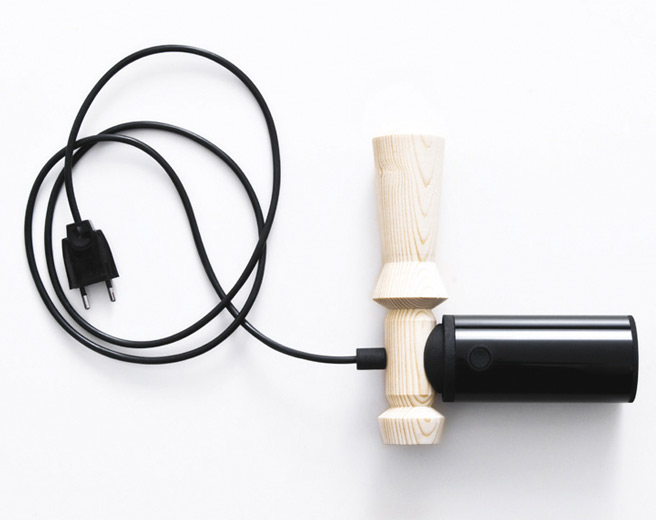
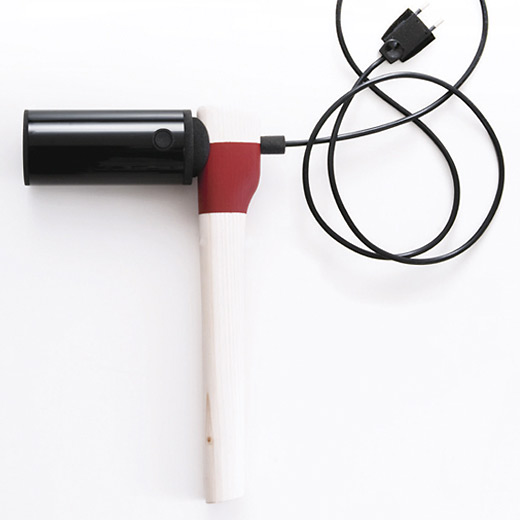
Toying with high and low, mixing handmade craftsmanship with mechanized production, contrasting natural materials against plastics—the work of emerging industrial designer Jean-Baptiste Fastrez is a study in opposites, shedding new light onto everyday objects by highlighting dissonance. But unlike many exploring the same concepts only to deconstruct design, this rabble-rouser sets up the tension as a means to give “soul” to an object. His latest project takes on the hair dryer, incorporating the “great craft tradition” of handle-making to reinvent the common appliance as a modern tomahawk. “My aim,” the young Frenchman explains, “is to give to this type of product some more interest, sense and sculptural presence,” an approach that lends the object status befitting today’s well-coiffed warriors.
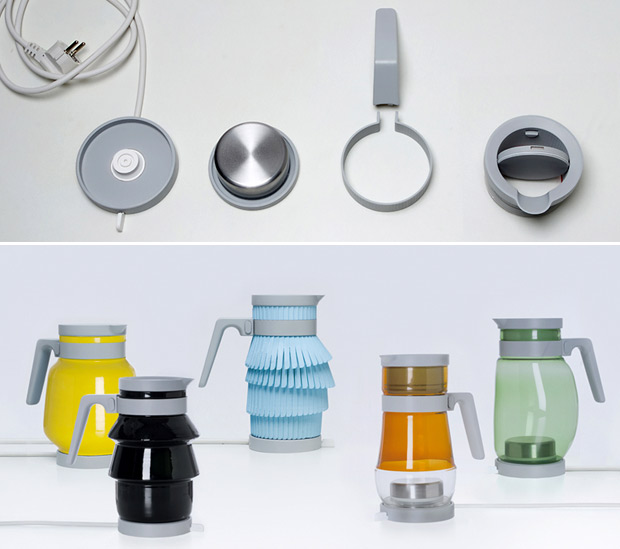
This avant-garde approach, honed as an assistant to the experimentally-minded design team of the Bouroullec brothers for the past three years, is a through line in Fastrez’s independent work as he applies radical ideas to mainstream design. Like the tomahawk hair dryer, his electric kettle series attempts to make “serial production and handmade production coexist within one same object.” By creating a standardized, technical base that meets safety restrictions, the kettle itself can be customized through a rapid prototyping machine or by enlisting the help of independent craftsmen. This industrial-meets-independent design system allows users to play with how they will use an object, again giving it the kind of highly sought after personal value that appeals to the consumer looking for a self-aware way to express their individuality through design.
“I would like for the consumer to choose his electrical appliance as he could fall in love with a piece in a secondhand market,” Fastrez emphasizes. At play along with this notion of individualism is a sustainability element—if the object breaks, the consumer isn’t forced to buy an entirely new appliance.
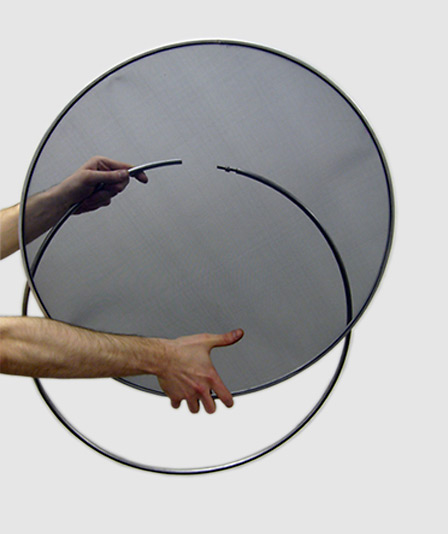
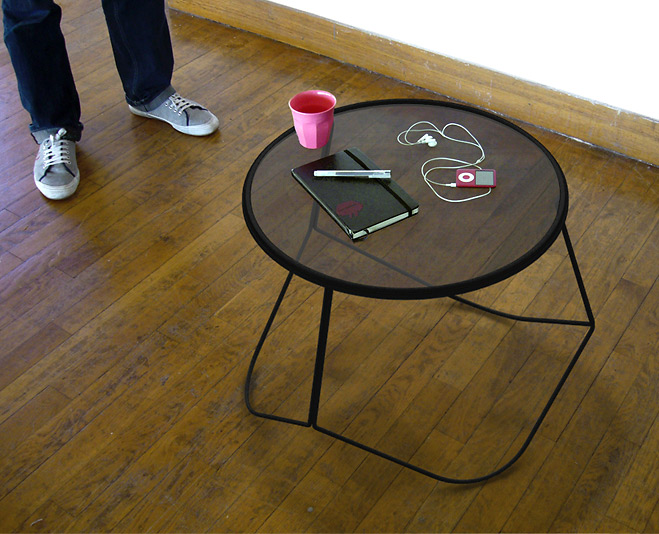
Questioning the efficiency of mass production, Fastrez’ approach largely works to upend the way standardization processes lead to “soulless objects” and thereby facilitate our throwaway society. In addition to creating adaptable design, introducing a new purpose can also increase the emotional value of an item. The Fog table, created in collaboration with designer Marc Sarrazin, repurposes metallic mesh (usually used to make soundproof electronic drums) into a tabletop, which only functions when the table legs have been extended to stretch the fabric tight enough to support objects.
Keep an eye out for Fastrez’ upcoming projects, which includes designs with Sèvres ceramics and Circa glass, as well as a solo exhibition at the Design Parade at the Villa Noailles, Hyères. The industrious designer says of his forthcoming plans, “a year of very exiting work.”












